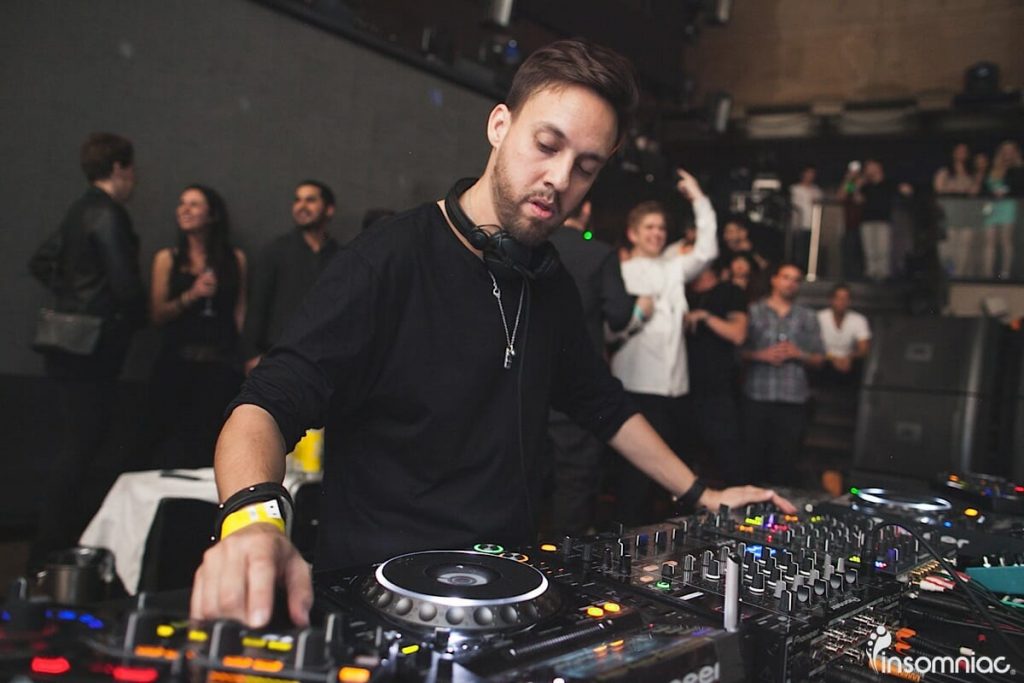It’s everyone’s favorite topic, Corona! Coronavirus, COVID-19, the big panini, whatever you want to call it, is something that has impacted every single person in the world. Just a note I’m not a medical doctor or a scientist (shocker!). The following is a summary of my observations that transpired as an American living in the Netherlands.
Amy Melissa Farina
*Disclaimer: The following article reflects views that are solely my own and do not necessarily reflect or represent the views of the organizations I manage or am affiliated with.
A trip down memory lane…
So, let’s take it back to the beginning March 2020. Normal weekend of parties and work. I kicked off the weekend with a Mainstage Maffia album release party on Friday night, followed by BKJN vs. Partyraiser during the day on Saturday. I had to leave the party early because that night I had to work at a local techno nightclub Pip Den Haag at our legendary party Snow Job. Crazy to think that a weekend I would take for granted was a distant memory for two years.
But first let’s rewind the clock a little bit more. Let’s look at the facts. In 2019, the global electronic dance music industry was worth 7.3 billion USD. Furthermore, the Dutch, not surprisingly were leading the charge. More than 50% of the artists on DJ Mag’s Top 100 list were from the Netherlands for the seventh year in a row. This should come as no surprise as dance music has for over almost three decades been interwoven in Dutch society.

Then everything came to a halt…
Prior to the pandemic, 82% of club nights in the country featured Dutch artists as opposed to just 63% of concerts. Between the years of 2014-2018, 23 million party goers attended a music festival in the Netherlands. That’s 6 million more people than actually live in the Netherlands! The Dutch have more dance music festivals per capita than any country in the world. In Amsterdam one in 14 jobs was related to dance music.
Pre-pandemic, electronic music was the fifth most popular music genre in the world. Every year, three million tourists flocked to Ibiza. In 2019, party goers in Ibiza clubs purchased 2 million tickets and spent 260 million euros (290 USD) while doing so. More generally, in 2019 the live music industry was worth over 20 billion USD. Around 7.6 million people worked in Europe’s cultural and creative sector.
The most important takeaway from all of this is not the numbers but rather the fact that it’s not just DJs, event organizers, promoters, and night club owners who suffered. It’s the vendors, the shuttle bus drivers, the bathroom attendants, the door staff, bartenders, cleaning team, stage crew, light technicians, parking lot attendees, security, etc. As a result of COVID-19, many of these individuals who relied on live events to support themselves and their families were out of a job. Further, many of those who work in the electronic music industry are freelance. As freelance workers, they often had even less to fall back on when everything was canceled.
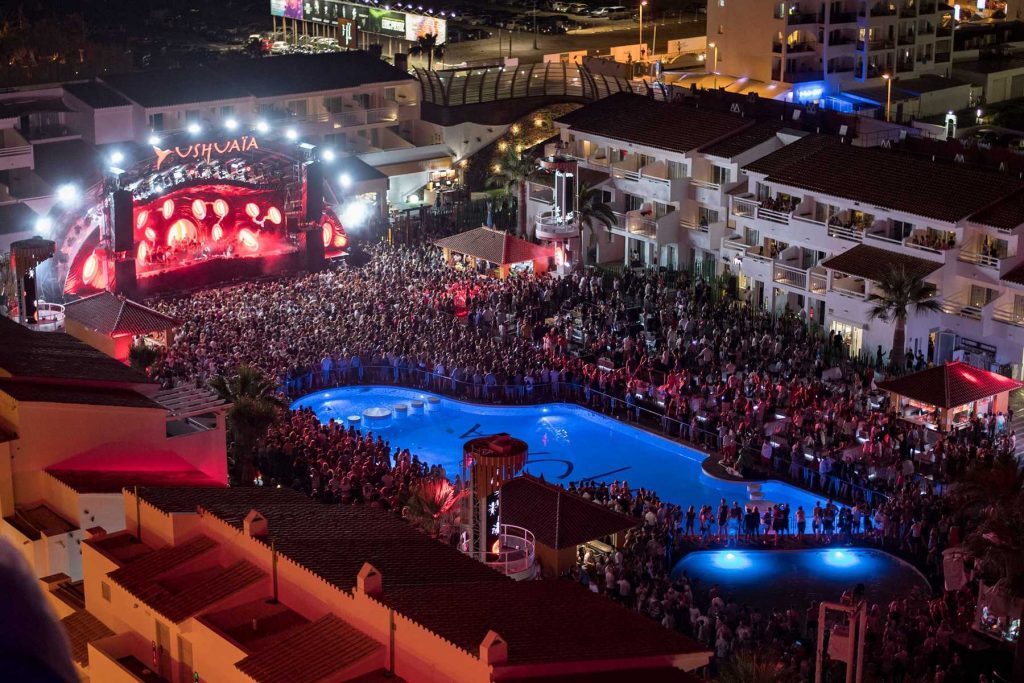
To say it was rough is an understatement…
It goes without saying that 2020 was a rough year for the electronic music industry. In a survey conducted by Pirate.com of DJs in the United Kingdom, 70% left the music industry to pursue careers in other industries. For those who decided to continue in the industry, 26% reported that because of the pandemic they are less likely to continue a career in the music industry. The live music industry in the UK makes approximately 4.5 billion pounds to the economy and employs over 200,000 people. According to the Musicians Union, 94% of musicians in the UK work freelance.
Now let’s look at festivals and live events. How many parties did you have canceled in 2020? A lot? Same here. As unfortunate as it was for fans, the postponement and cancellation of these events had disastrous ramifications for event organizers, its employees, and even the communities in the surrounding area.
By April 2020, roughly 350 electronic music festivals around the world were cancelled or postponed. One example is SXSW in Austin Texas. The festival was forced to lay off one third of its year round employees. Their total loss was estimated to be 360 million USD.
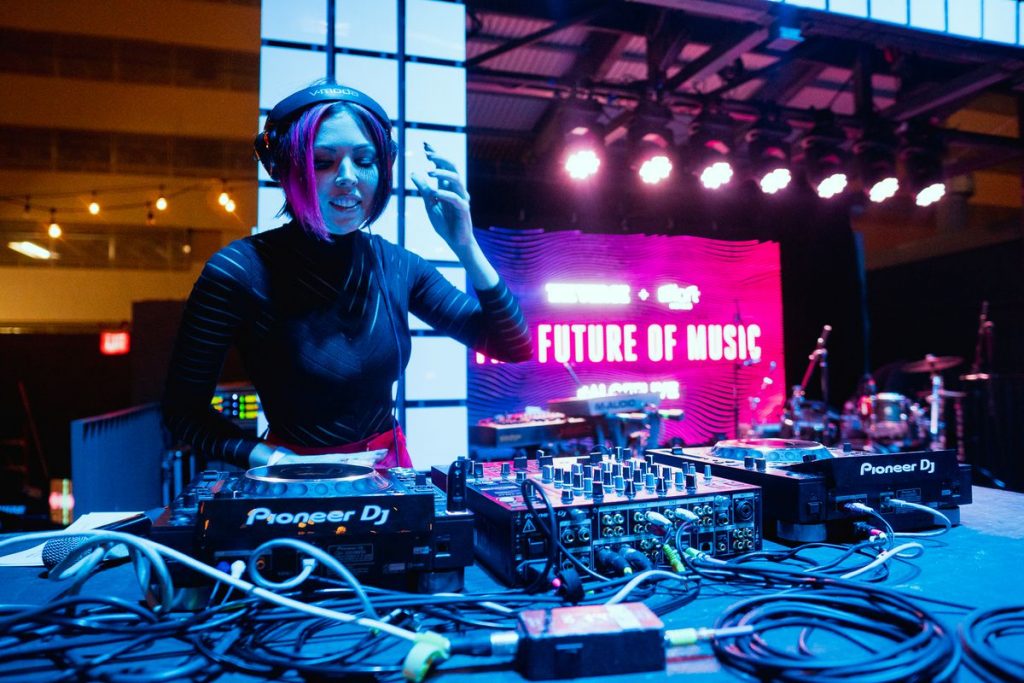
Cancelation after cancelation…
According to the IMS Report (an annual study of the electronic music industry), “more than 200 music festivals were cancelled or postponed, resulting in hundreds and thousands of people out of work and $3.4 billion in value lost, down 78% year on year”.
The snowball effect of COVID-19 ran deep into every facet of the industry. For example organizer of Mysteryland and Awakenings festival ID&T, 40% of staff lost their jobs as a result of COVID-19.
Additionally, for many artists, their income is completely derived from live events. For example American techno DJ, Maceo Plex said in an interview that his business was made up of 90% gigs and consequently he’s lost 90% of his income. Moreover, DJ earnings plummeted 61% from 1.1 billion in 2019 to 400 million in 2020.
When the going got tough, we got creative…
Despite cancelations, loss of staff, and the overall collective trauma that not only the scene but the world experienced, the electronic music industry got extremely creative. Between live-streams, virtual reality, video game performances, and NFTs, we did not sit idly by while the world was seeming to turn into the plot of an apocalypse movie.
Now cue the era of the live-streams. From Twitch, to Facebook, to YouTube, to Instagram Live, almost every weekend there was something to watch. For many, these streams were a way to connect with artists through the chat section. Despite not being able to dance together in person, live-streams did bring people together virtually through webcam, interactive chat rooms, or watch parties. Some live streams took place in incredible destinations all over the world such as Cercle, others took place at the festival grounds, some in studios and some just from the homes of the artists. In the documentary Distant Dancefloors: COVID-19 and the Electronic Music Industry, Canadian house DJ Blondish explains that when touring income is no longer an option, artists are forced to explore different ways to generate revenue and engage with fans.
One example of an organization that came up with a very creative live-stream concept was Tomorrowland. Tomorrowland, one of the largest electronic music festivals in the world, attracting 400,000 visitors a year created Tomorrowland Around the World. This consisted of a totally digital 3D festival where DJs recorded their performances in front of a green screen. Tomorrowland created essentially a video game world where viewers could click around to enjoy different sets on different “islands”. The crowd was recreated into digital dancing characters (country flags and all!).

The era of live-streams…
From the beginning of the pandemic to today live-streams are everywhere. In May 2020, seven of the ten most viewed music streams were from DJs. By July 2020, electronic music content had 127 million views and raised 3.6 million USD for charity. By August 2020, Business Insider reported that DJs had hosted 7,000 live-streams. Diplo’s label Mad Decent went from zero to 35 million Twitch views in only 11 weeks.
Five live-streams, David Guetta’s United at Home, Boiler Room Isolation Series, Beatport ReConnect, United We Stream, and Defected’ s Virtual Festival raised over 6.5 million USD for charity. Proximity’s Digital Mirage festivals raised 300,000 USD for COVID-19 relief funds and 70,000 USD for the Equal Justice Initiative and Color of Change.
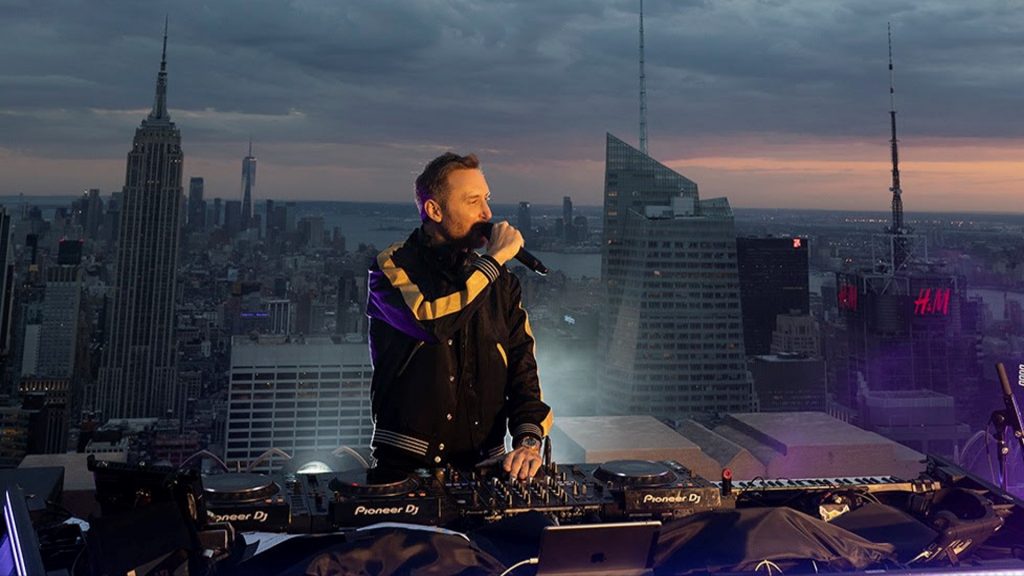
Entering new realities…
Not only were live-streams popular during the pandemic but virtual reality concerts. One organization Redpill VR gives users the experience of attending iconic electronic music venues such as Ushuaïa in Ibiza. This concept involves a DJ using a motion capture camera and a sensor suit into a digital avatar in real time.
In addition to virtual reality events, raves within video games became a way for artists to interact with their fans in real time and bring in a whole new audience. For instance, DJs who performed in Fortnite increased their following on Instagram by 10% after the event. Richie Hawtin and Deadmau5 started a new project, Pixelnyx, self-described as a “portal into the metaverse” for electronic artists.
The expansion of the collective creativity to the digital space didn’t just stop at events but into a new market the world of crypto and NFTs (non-fungible tokens). According to the International Music Summit Business Report for 2021, 76% of all music NFTs worth 50.2 million dollars were issued by electronic music artists in the past year.
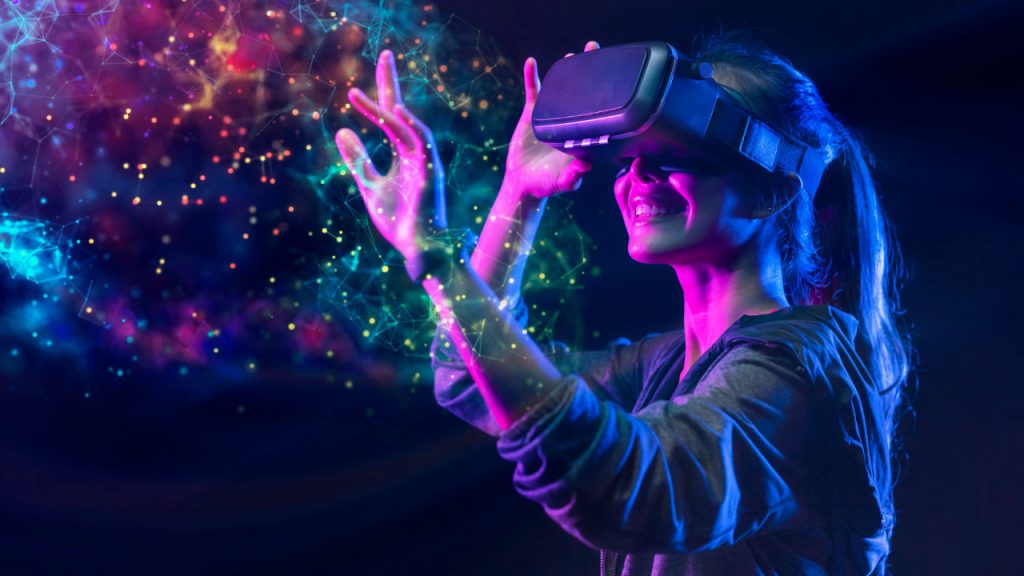
Drive ins, street parades, and pod raves…
Aside from the virtual world, another popular concept to come out of the pandemic were drive in raves. Think of back in the day the drive-in movies but with a DJ. Ravers could park their car in the parking lot and watch the show while simultaneously maintaining social distancing guidelines. Drive in raves, “pod raves”, and other forms of socially distanced raves from standing in hula hoops, to sitting on inflatable ducks, the scene did what it could to organize safe and responsible live events.
Clubs have had to broaden their horizons in order to stay open for example Berlin’s infamous nightclub Berghain turned into an art gallery, London’s Printworks became a drive-in cinema, and Luxemorg’s Rockhal a COVID treatment center.
Another major event worth noting was in the Netherlands, 70,000 people took to the streets in August 2021 to protest across six Dutch cities against COVID-19 restrictions that banned music festivals for the second summer in a row. The protest organized by Unmute Us had such a large turnout that a second one was organized in September. Over 150,000 individuals across ten cities blasted music, and petitioned the government to come to a safe solution to open up nightclubs and live events again.
In addition to protests, some took legal action. For example, ID&T sued the Dutch government to allow them to host events or to compensate for the revenue lost. The lawsuit was eventually dropped. The root cause for these suits arose from overwhelming frustration around not only around the situation but from the fact that the Dutch government had sponsored a series of Fieldlab events, which were experimental trials consisting of live events that concluded that events could be organized safely.

To new beginnings…
The Fieldlab project was a joint initiative between the events industry and the government that organized 24 events attended by over 60,000 people. Visitors were required to present a negative test and take a rapid test on site. Once inside, the attendees were given a device to track their movements, who they had contact with, the duration of the contact, and at what distance. Out of six Fieldlab events, with 6,200 attendees, 41 tested positive before the event and were not allowed to participate, after the event five people tested positive.
On February 2nd, Dutch DJ and drag queen Hoax LeBeau made a public announcement on behalf of nightlife in the Netherlands De Nacht Staat Op (the night rises up). Starting on February 12th nightclubs across the Netherlands opened in protest. Shortly thereafter the Netherlands and most of Europe started to open.
So where are we now? Events are back on in full force back to pre pandemic standards. The industry continues to feel the impact of the pandemic as organizations are understaffed. Will everything stay open? Are we back to normal? Only time will tell.


